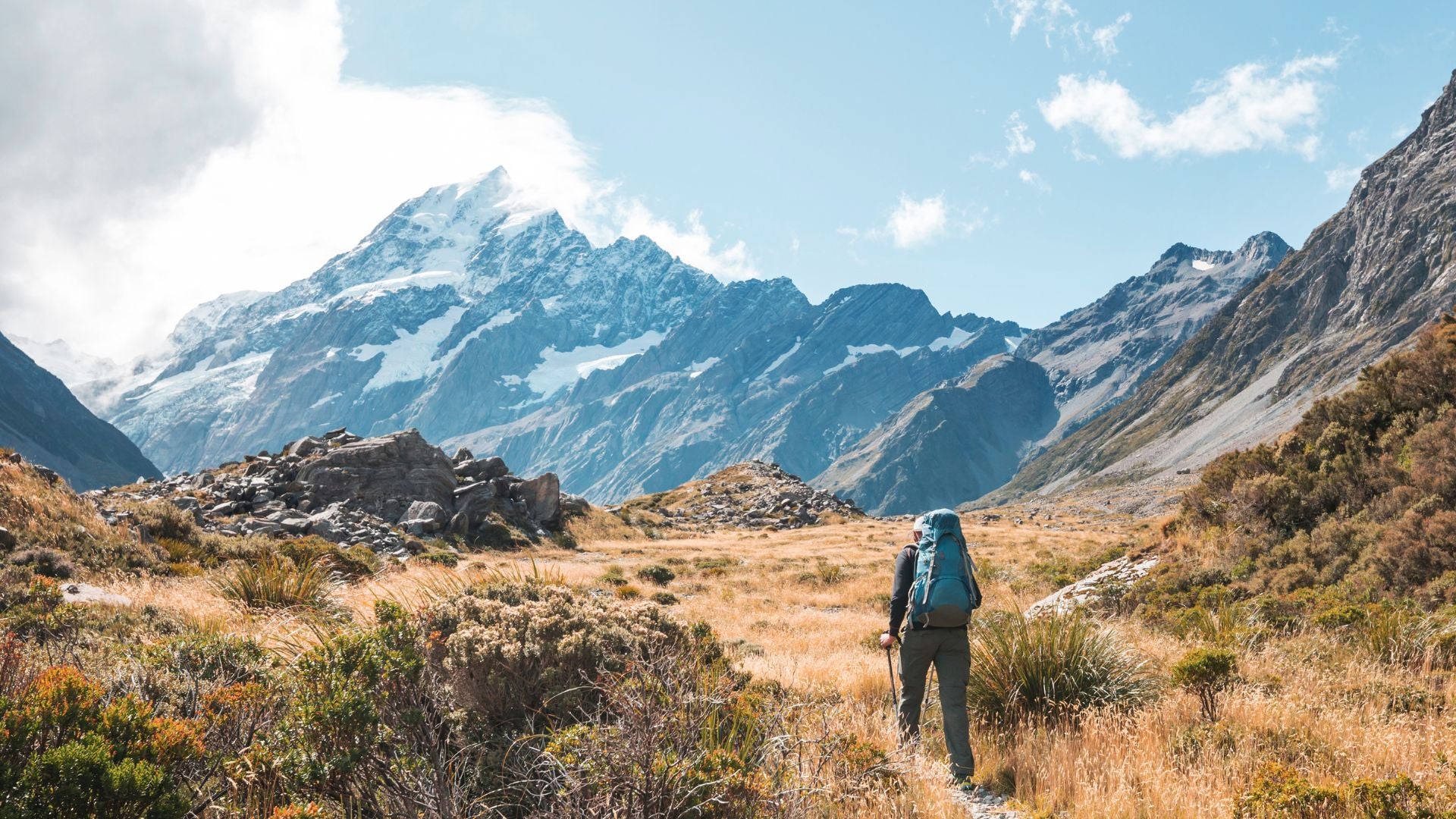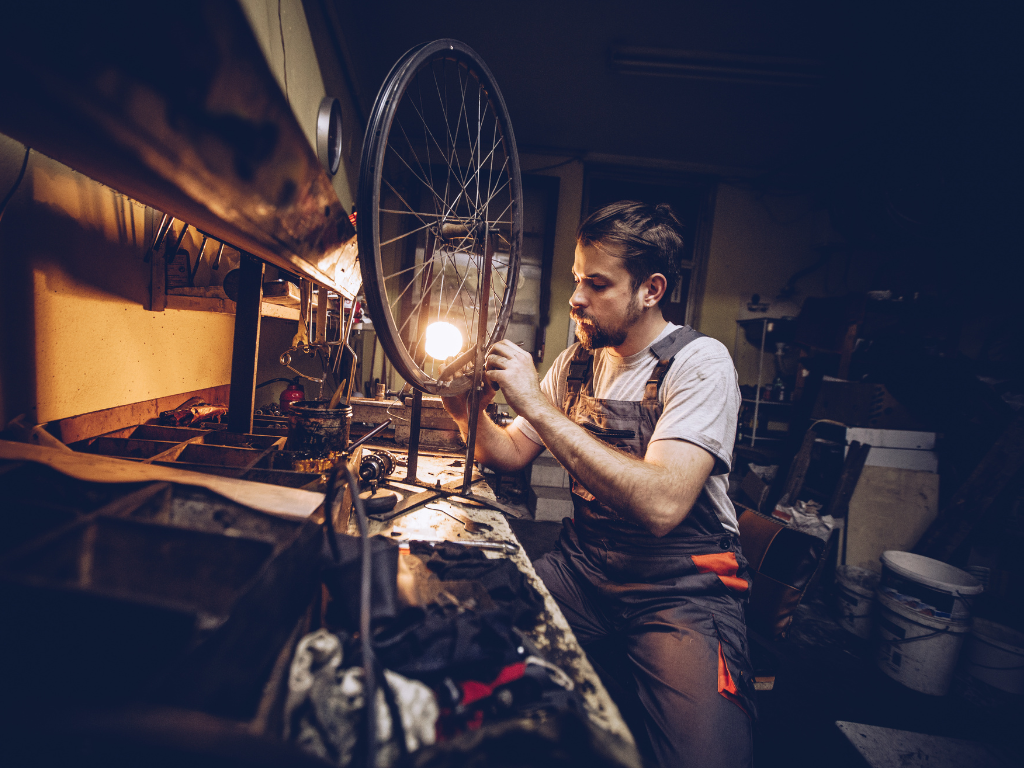
Explore Patagonia’s Exciting New Sustainability Features
Patagonia has been at the forefront of environmentally conscious, sustainable adventure apparel and accessories. And they never stop trying to get better. Here’s an update on Patagonia’s latest processes, partnerships and innovations that make their products better for the planet and the people who live on it - like you and me.

In 2023 Patagonia began using Oceancycle Certified polyester in certain products. This exciting recycling initiative focuses on collecting plastics from remote regions that are all no more than 50km from the ocean which don’t already have established recycling programmes.

Patagonia is now using PFC-Free DWR finish. DWR stands for Durable Water Repellent and it’s an essential part of keeping you dry over extended periods in the rain. Patagonia’s new PFC-free coating elimnates the need for perfluorinated chemicals, which don’t meet their exacting environmental standards.
Naia RenewThis is an amazing new fabric that combines 70% sustainably sourced wood pulp with 30% recycled waste materials. Who would have though this combination could create fabric that’s not only looks and feels great, but won’t shrink, pill, or go sheer with wear. What’s more its super durable and makes a really good printing surface for cool graphics.
Fair Trade CertifiedTM Sewn.You can feel good about wearing Patagonia because the Fair Trade CertifiedTM Sewn programme ensures that all workers who make Patagonia garments are paid a fair wage.
Minimising waste from Thermoplastic Polyurethane (TPU)Thermoplastic Polyurethane is everywhere – in fact you're probably touching some right now. It’s so popular because it’s easy to work with, it can take many forms and it’s ultra durable. That makes it perfect for making the longest lasting duffel bags, and everyday things like cable housings, moulded footwear, car dashboards, conveyor belts, water bottles and so on. The list of uses is almost infinite. However, the downside is that there hasn’t been a good, recycled option until now.
In 2019 Patagonia converted the woven textile, lining and webbings of their Black Hole packs and bags to 100% recycled materials, however nearly half the total material weight of the main shell was TPU. Currently, for every 1000 yards of TPU produced, 75 pounds is discarded and incinerated. Patagonia worked with their mills to create a new marketplace for this waste.
Patagonia began the transition to utilising waste TPU in 2022 with black rTPU. Now in 2023, Patagonia is taking another step forward by introducing clear rTPU to market. This new waste saving process brings with it a refined look that gives the Black Hole collection a great looking new low-luster aesthetic.

Patagonia is bringing its 1% of profits returned to environment protection initiatives to New Zealand. The environment to be benefit here is the Southern Lakes, home to Outside Sports, and we couldn’t be happier about it. That means that every Patagonia product you buy will have a direct positive impact on the magnificent adventure paradise we call home.

Check out the latest Patagonia range of active wear, adventure apparel and travel gear online and instore now



